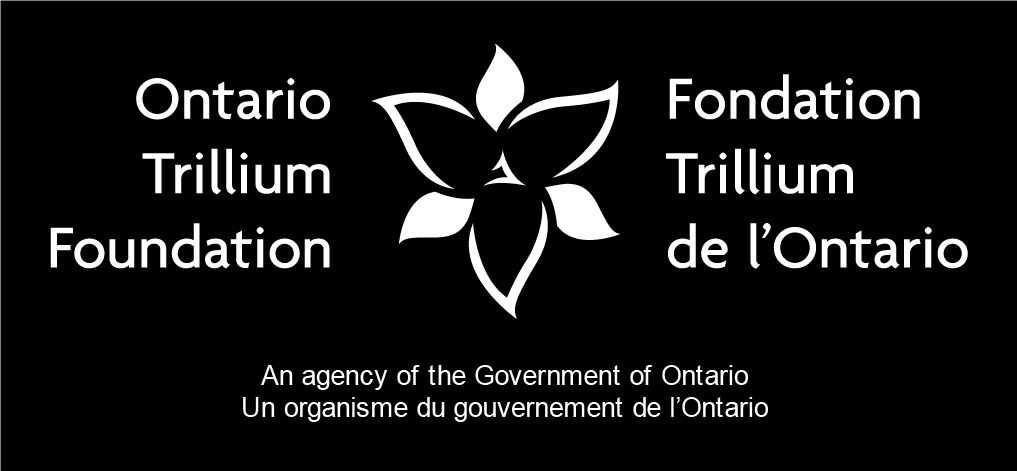March 22, 2018 – July 1, 2018
Torrie Groening, Studio Tests of the Senses – Smell, 1998, serigraph on paper, ed. 1/50, 112.5 x 77.3 cm. Collection of the MacLaren Art Centre. Gift of Leslie Christopher Butcher, 1999.
Torrie Groening
Studio Tests of the Senses
March 22 – July 1, 2018
Curator: Renée van der Avoird
Drawn from the MacLaren’s Permanent Collection, Studio Tests of the Senses (1999) is a series of six still-life screen prints by Vancouver artist Torrie Groening that critically examine contemporary material culture. Employing the five senses as a framework, Groening carefully stages thrift store curiosities and peripheral objects from her studio into eccentric table scenes that recall historical still life paintings. The artefacts, rife with allegory and social comment, are arranged into surprising compositions based on Groening’s aesthetic impulses and personal experiences.
Groening’s expert ability as both draughtswoman and printmaker is evident in this series. Working closely with master printers at Studio 8 in Toronto, she creates each print by layering up to twelve realistic drawings—one for each colour—on textured mylar sheets. The drawings, executed with a black lithography pencil, act as film positives and are exposed onto photosensitized screens to achieve overlapping layers of colour printing. “Working closely with Studio 8 allowed me to proceed with technical confidence on a challenging project that took many weeks of drawing before proofing began,” the artist remarks.[1] The resulting images combine remarkably detailed line drawings with overlapping swaths of precisely registered, vibrant colour. This series enabled Groening, a former stone lithographer, to approach screenprinting in a most familiar way, as the technique in both media is essentially drawing.
The five senses are a common theme in historical still life painting, as they link quite naturally to earthly delights and domestic artefacts. In Studio Tests of the Senses, Groening portrays individual taxonomies of the five senses, imbued with allegory and elements of autobiography. In Studio Tests of the Senses – Smell, for example, the hand of a mannequin spritzes perfume from a triangular beaker containing a ponytail of dark hair into a snifter of brandy. Submerged in the wafting amber drink are two wedding bands and a tiny golden pocket watch. Nearby, a half-consumed cigar emits a snake of thick, white smoke. Strange and unsettling, this circuitous scene embodies odours ranging from grotesque to opulent. The disorderly objects call to mind material excess and the unsavoury side of luxury, as well as personal associations such as desire and loss.
Alongside the five-sense prints is a sixth one, Studio Tests of the Senses – Nature, which Groening portrays as a culmination of all five senses. Central to her composition is the elegant profile of a monarch butterfly (a gift from a friend) and two lush poppy buds (procured in Paris). Also on the table, a miniature Hokusai wave tumbles inside a drinking glass, and, eerily, a severed human tongue sits upright in a small jar, topped by a single olive. Vanitas—the theme of transience of all earthly life—comes to the fore: although spectacular, we know these objects will soon wither. Similar to the five-sense prints, Nature is a meticulously composed scene of artefacts that are complimentary but intertwined. These fantastical and foreign goods—and the startling oppositions between them—offer a window into the complex exotification of flora and fauna, emphasizing the human urge to observe, analyze and control the natural world.
Torrie Groening works in photography, drawing, painting and printmaking, with a continued interest in the subjective potential of still life. She studied printmaking at Emily Carr College of Art + Design and is an alumna of The Banff Centre Visual Arts department. She has exhibited extensively in Canada and internationally, and her is collected by significant public institutions including Alberta College of Art & Design, Calgary; Carlton University Art Gallery, Ottawa; Burnaby Art Gallery, Burnaby; Canada Council Art Bank, Ottawa; Vancouver Art Gallery, Vancouver; Georgetown University, Washington, DC; and Palm Springs Museum, Palm Springs, CA. Groening has held teaching positions at University of Victoria, Emily Carr University, Vancouver, Open Studio, Toronto, University of Guelph, Ontario and the MacLaren Art Centre, Barrie, Ontario.
– Renée van der Avoird










